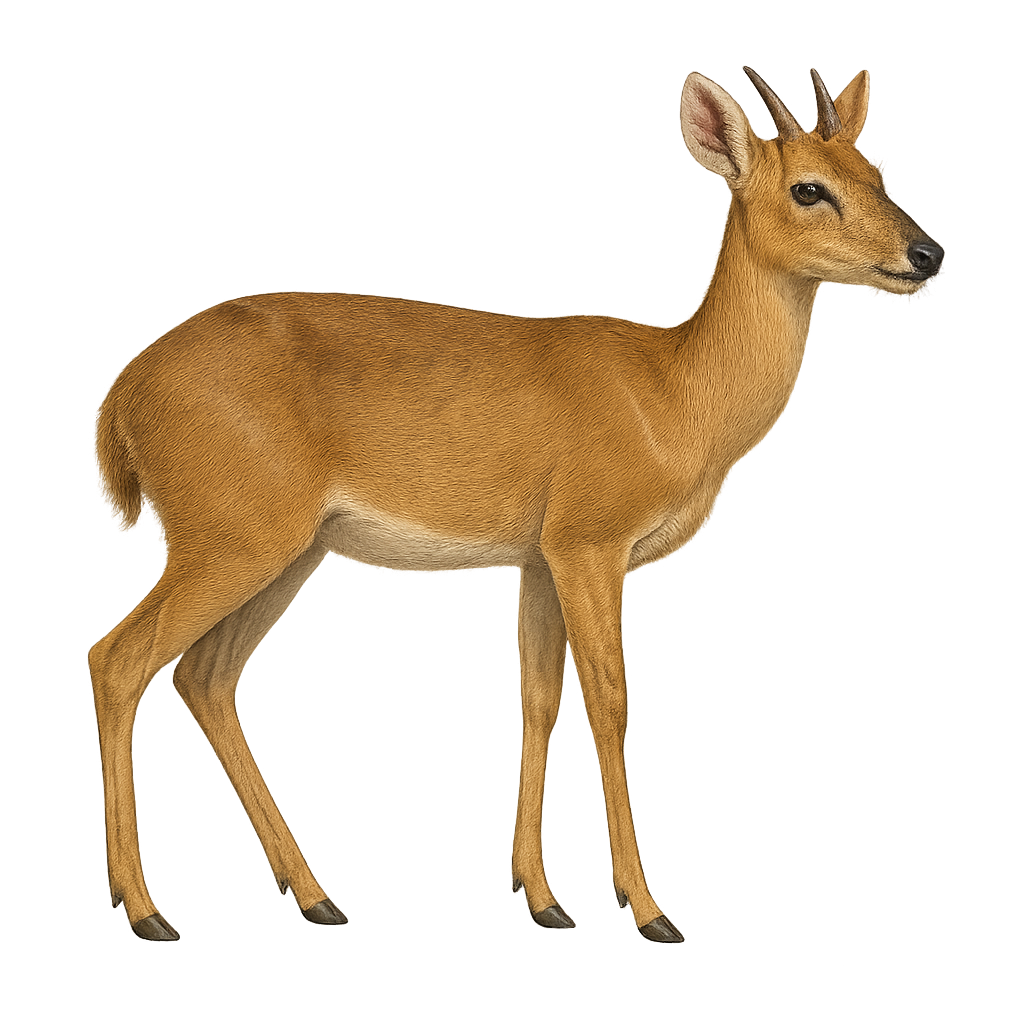Your wildlife photography guide.
Explore the four-horned antelope in detail, study its behavior, prepare your shots.
Where to observe and photograph the four-horned antelope in the wild
Learn where and when to spot the four-horned antelope in the wild, how to identify the species based on distinctive features, and what natural environments it inhabits. The WildlifePhotographer app offers tailored photography tips that reflect the four-horned antelope’s behavior, helping you capture better wildlife images. Explore the full species profile for key information including description, habitat, active periods, and approach techniques.
Four-horned antelope
Scientific name: Tetracerus quadricornis

IUCN Status: Vulnerable
Family: BOVIDAE
Group: Mammals
Sensitivity to human approach: Suspicious
Minimum approach distance: 20 m
Rut period: July to August
Gestation: 180-190 jours
Births: January to February
Habitat:
Dry forests, scrublands, open grasslands
Activity period :
Active at dawn and dusk, ideal moments for observation.
Identification and description:
The four-horned antelope, or Tetracerus quadricornis, is a unique small ruminant, primarily due to its distinctive four horns. Native to the Indian subcontinent, this species prefers dry forests and scrublands where it can blend into the landscape to escape predators. It stands about 55 to 64 cm at the shoulder and weighs between 17 and 22 kg. Its coat ranges from light to dark brown, with a lighter belly. Males sport two pairs of horns, the longest reaching up to 12 cm. The four-horned antelope is a solitary animal, except during the breeding season. It is primarily herbivorous, feeding on leaves, fruits, and young shoots.
Recommended lens:
400 mm – adjust based on distance, desired framing (portrait or habitat), and approach conditions.
Photography tips:
To photograph the four-horned antelope, patience and discretion are key. Use a telephoto lens of at least 400mm to capture detailed images from a distance without disturbing the animal. The best opportunities arise early in the morning or late afternoon when the animal is most active. Focus on areas with dense vegetation to maximize your chances of an encounter. Be attentive to subtle movements in the underbrush and use a tripod to stabilize your camera.
The WildlifePhotographer App is coming soon!
Be the first to explore the best nature spots, track rutting seasons, log your observations, and observe more wildlife.
Already 1 431 wildlife lovers subscribed worldwide

